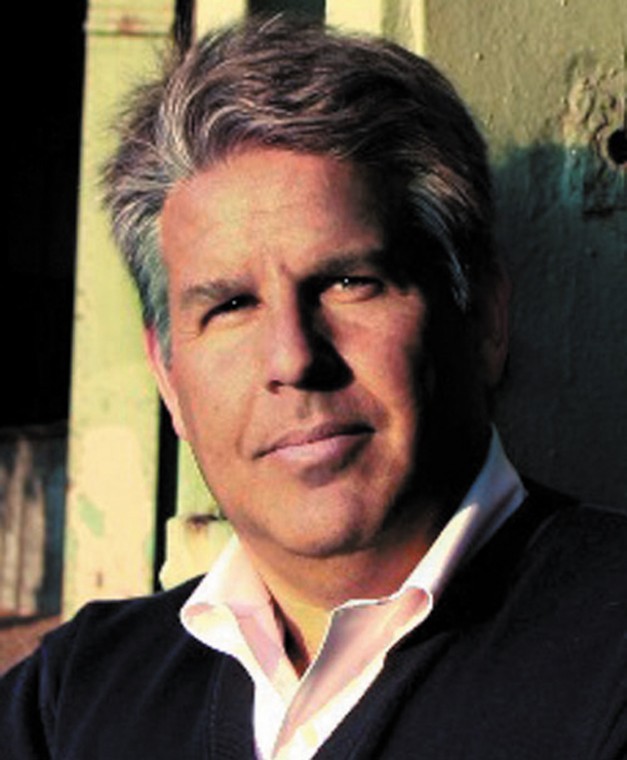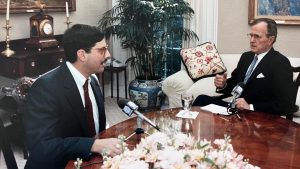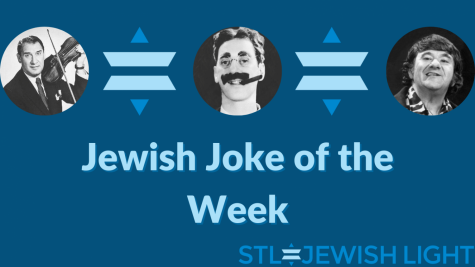Exploring ‘Money and Power’
Published October 26, 2011
A few weeks ago, an Internet video went viral, in which a London-based independent trader shocked BBC interviewers by saying “Governments don’t rule the world, Goldman Sachs rules the world.”
William Cohan discusses the 142-year history-and the far-reaching, global impact-of the legendary investment bank in his book, “Money and Power: How Goldman Sachs Came to Rule the World.” Cohan is the best-selling author of “The Last Tycoons” and “House of Cards,” which detailed the collapse of Bear Stearns.
Feared, powerful and controversial, Goldman Sachs crafted a reputation as being smarter than everyone else, profiting when its clients profited. It was unique among Wall Street firms for having long built close ties to the highest levels of government, earning it the nickname “Government Sachs.”
But Goldman Sachs’ secret bet against the mortgage market in 2007, not revealed to its investors, may have contributed to the 2008 economic collapse. Its actions have shaken the company’s carefully guarded public image and left it disconnected from government reach as never before.
Cohan begins his exploration of Goldman Sachs’ long history and its rise to power with a prologue examining in detail the company’s role in the mortgage meltdown. The detailed prologue is titled “A Pyrrhic Victory,” a victory that is so costly that another such victory would means failure.
The prologue explores Goldman Sachs unique corporate culture and sets the stage for the history to come. It is essential to understanding what follows and its significance.
The book has a large historical range, from the company’s founding in 1869 to the 2010 Senate hearings. Yet, despite the subtitle, Cohan takes a cool emotional tone, building his points more by presenting documentary evidence and quoting sources directly.
Cohan quotes both Goldman Sachs employees and those outside the company, including senators and representatives of other investment companies or companies suing them over the 2008 investment debacle. The author largely avoids presenting his own conclusions from the evidence, leaving readers to reach their own about Goldman Sachs’ conduct in the Wall Street meltdown.
Those conclusions are not good, and Cohan expresses a kind of regret that a storied company, which had so long successfully walked a fine line between ethical conduct needed to maintaining a reputation of trust for investors and its own self interest, had so badly stumbled over that line, perhaps losing investor confidence forever. Cohan quotes Will Rogers “it takes a lifetime to build a good reputation but you can lose it in a minute.”
As the history makes clear, this is not how Goldman Sachs started out. The book goes back to the founding by Marcus Goldman, a Jewish immigrant from Germany who created a business buying IOUs held by New York merchants who wanted cash now. Buying this “commercial paper” at a discount, Goldman knew their true value when the debts would be eventually paid. Goldman would spend the day collecting this commercial paper and then trade it in the afternoon at the banks, netting a tidy profit. Carefully building wealth and eschewing partnerships, the founder kept these profits for himself, only taking on a partner at age 60, when he brought in his son-in-law Samuel Sachs.
From these family beginnings, Cohan traces the rise of Goldman Sachs, including its fateful decision to cultivate political friendships at the highest levels. The decision gave the company enormous influence over policy and access at the highest levels of government.
While Goldman Sachs cultivated a public image of ethical conduct, it had long been a secretive company that skirted the edge between ethical business conduct and conflict-of-interest.
Unlike other Wall Street firms, where employees whisper tales out of school or engaged in open infighting, Goldman Sachs maintained a stony veneer of solidarity, enforced by internal security recruited from the CIA. The book also explores Goldman Sachs’ somewhat squishy grasp of the concept of insider trading.
“Money and Power” is exhaustively researched and extensively notated. Cohan’s sources include the Senate hearings, Stephen Birmingham’s “Our Crowd: The Great Jewish Families of New York City” and interviews with current Goldman Sachs leader Lloyd Blankfein. While the many details make his points stronger, they also make for dense reading at times.
William Cohan
BOOK: ‘Money and Power: How Goldman Sachs Came to Rule the World’
SESSION: 7:30 p.m. Nov. 15
ADMISSION: $15























